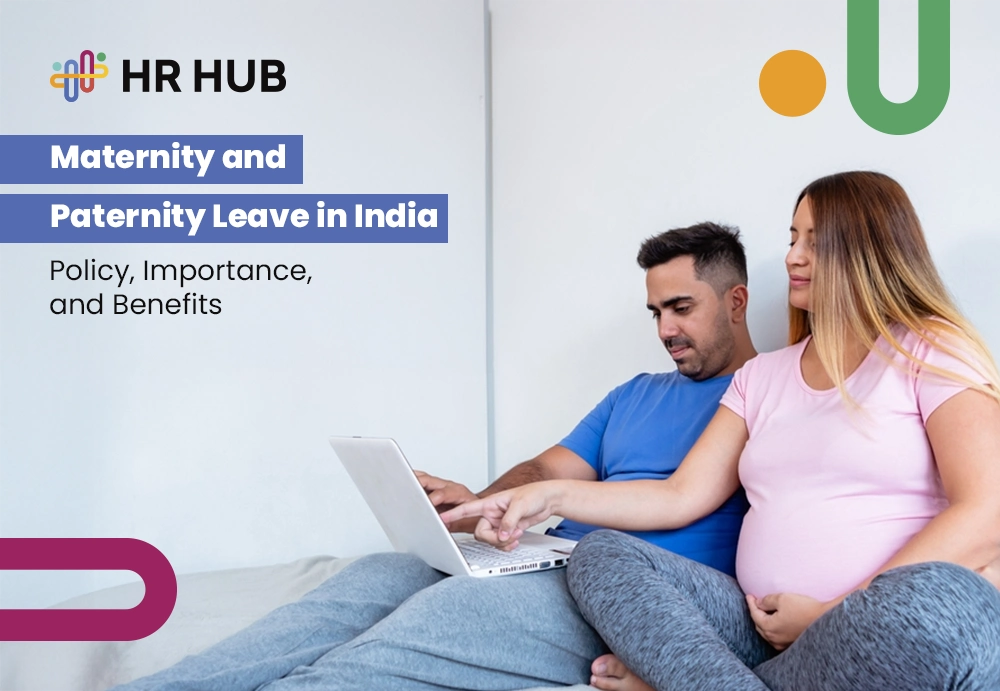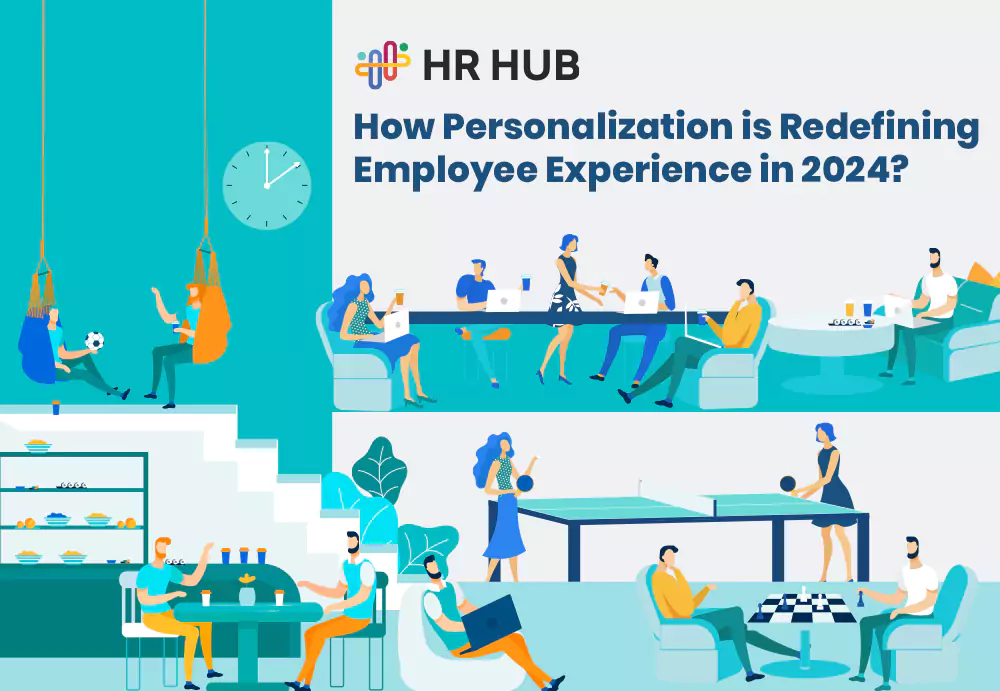


This site uses cookies to deliver our services. By using our site, you acknowledge that you have read and understand our Cookie Policy. Your use of HR HUB's services is subject to these policies.

Nowadays, in the competitive business environment, corporate culture has transformed into something more than just a buzzword; it's driving internal satisfaction, productivity, and success across the years.
A company's strong culture inspires innovation, assures top talents, and builds a venue where the working professionals feel valued and motivated. However, an overnight establishment and maintenance of a company culture are not possible. It requires a deliberateness act, thoughtfulness in leadership, and commitment towards making a united workplace environment.
This blog will present actionable tips and strategies for building a strong corporate culture that fosters a loyal, collaborative, and successful team.
Before proceeding with strategies, let me define "company culture." In essence, company culture represents the common values, beliefs, behaviors, and practices applied to the interaction between employees and the organization. Company culture shapes the work atmosphere, guides decisions made within the organization, and helps to reflect one's perception of his or her role.
A positive company culture promises better job satisfaction, low turnover rates, and improved overall performance. On the other hand, a toxic or weak culture drives employees to disengagement, high-stress levels, and dwindling productivity.
Creating an atmosphere that fits your organization's mission, values, and goals is the key to building a strong company culture.
It's time to explore the essential tips and strategies to help you build a strong company culture.
Core values represent a baseline upon which a great company culture rests. They represent guidelines and guideposts to support choices, behaviors, and goals at every level of an organization.
Whether your core values involve innovation, collaboration, or inclusivity, they should resonate with your employees.
How to define core values:
Example:
A company that values collaboration may foster an open-door policy where employees are encouraged to share ideas and feedback without hesitation. This promotes teamwork and reinforces a feeling of belonging.
Leadership shapes and grooms an organization's culture. The staff always look to their leader for direction to know what the organization should be; executives, managers, and team leaders must set a good example by modeling values and behaviors that their respective teams will implement.
How to lead by example:
Example:
At Southwest Airlines, leadership has forged a "Servant Leadership" mindset. By outcome, that would mean leaders put the employees' needs first to help them succeed and grow. This approach has led to a robust, people-first culture attracting talent and loyalty.
Communication forms the core of a healthy corporate culture. When every employee has his or her say and is heard, he or she is more motivated, active, and connected to the organization's mission.
How to build open communication:
Example:
Google is one of those corporations that supports a flat organizational structure. This structure allows employees to share their ideas and suggestions without having to go through several layers of bureaucracy. Innovation is nurtured, and employees feel a sense of ownership.
An employee's physical and mental well-being goes a long way in producing a positive work environment. You minimize stress and burnout; you create a culture of care and support by prioritizing health and well-being.
How to Prioritize Well-being:
Example:
Salesforce launched its employee well-being program, "Camp B-Well," a mental and physical health resource that includes mindfulness sessions and resilience training. This is one reason Salesforce has such an excellent company culture.
Investing in employee development improves your talent pool while letting your team know that this company invests for the long haul. Continuous learning builds a culture of growth, curiosity, and innovation.
How to encourage growth and development:
Example:
Amazon programs include "Career Choice," which pre-pays 95% of tuition for classes in in-demand fields, whether or not they pertain to the employee's current position. In this manner, Amazon reinforces the need for employee growth inside and outside the corporation.
Diversity and inclusion aren't checkmarks but are key ingredients of a strong, vibrant culture. For example, diverse teams are more innovative, and inclusive work environments inspire creativity, collaboration, and trust.
How to Build a Diverse Staff:
Example:
Microsoft actively encourages a culture of inclusion and diversity within its Global Diversity and Inclusion strategy, which covers support networks, inclusive leadership development programs, and a firm commitment to equal opportunity.
Recognition and rewards are among the strongest means of reinforcing positive behavior and retaining employee morale. Through formal reward programs and simple acts of appreciation, recognition of employees' contributions greatly aids in building a culture of gratitude and mutual respect.
How to Recognize and Reward Employees:
Example:
Zappos scales this companywide by allowing employees to nominate their peers for awards and bonuses. This peer-driven process keeps the culture positive and supportive.
People who identify with a greater mission are generally better energized, more engaged, and more loyal. By intentionally building a sense of purpose in your workforce, workers will understand exactly how their work fits into the big picture in your company.
How to Create a Sense of Purpose:
Example:
Outdoor apparel firm Patagonia bases its company culture on environmental activism. It encourages employees to work on projects that help support the environment. A sense of shared purpose attracts employees who share the company's passion.
An HR management software solution will help manage some of HR's key functions, creating a strong company culture by automating payroll, performance tracking, onboarding, employee self-service, and more. This will ensure seamless communication across departments for better transparency and collaboration. It will also free up HR teams to spend more time on strategic initiatives that improve the overall employee experience.
How HR software helps:
Example:
HR HUB is an end-to-end HR management software designed to smooth day-to-day human resource operations and increase engagement via facilities such as Employee Self Service, Performance Management, and Workflow Automation to develop a better company culture.
Clients do not come first. Employees come first. If you take care of your employees, they will take care of the clients. - Richard Branson
Company culture cannot be built overnight; it's rather long-term. For this purpose, constant care and attention with real leadership are needed. Defining core values, encouraging open communication, fostering well-being, and allowing diversity are ways companies can create an environment where employees feel valued and motivated and are more fully engaged.
Culture is the magic ingredient that will unlock your organization's full potential. Culture inspires creativity, develops talent, and provides continuity to your organization from a newly founded startup to a well-established multinational conglomerate. These tips and strategies will help you foster a successful workplace where everyone can contribute and thrive.
By paying attention to these bedrock elements, you will be well on your way to establishing a company culture that will endure and make current and future employees proud to come to work day after day.



Ready to streamline your HR processes? Contact us today to learn how HR HUB can help your organization thrive. Fill out the form, and one of our experts will reply shortly. Let's empower your workforce together!
